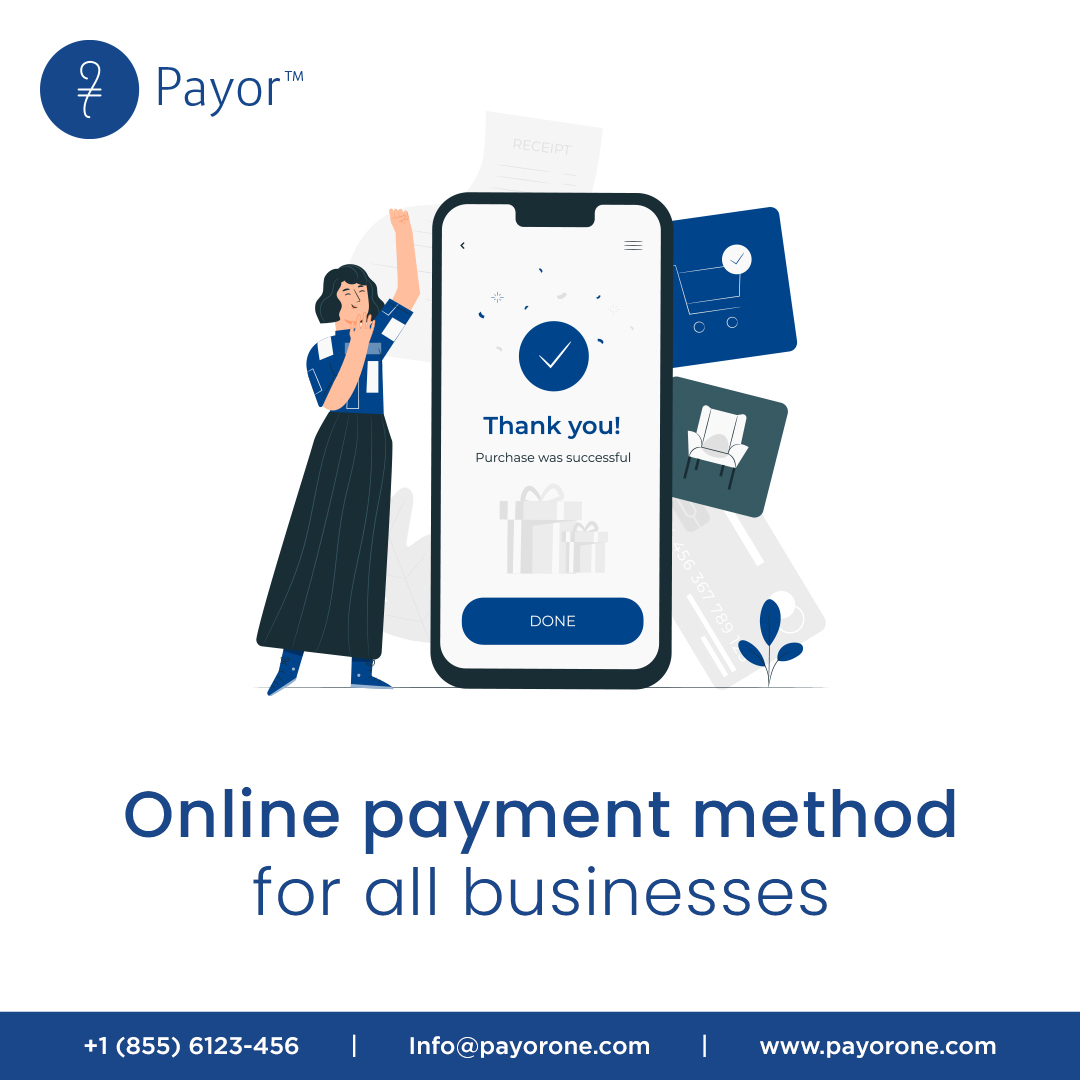As an e-commerce business owner, accepting online payments is a crucial part of running your business. However, not all businesses are created equal, and some are considered high-risk due to their industry, transaction volume, or past financial history. For these businesses, finding the right payment gateway is essential. In this article, we’ll explore how high-risk online payment gateways work and what you need to know to make the best decision for your business.
What is a High-Risk Payment Gateway?
A high-risk payment gateway is a type of payment gateway that specializes in processing payments for high-risk businesses. These gateways work with acquiring banks that are willing to take on the risk associated with processing payments for these businesses. High-risk businesses typically include industries such as gambling, adult entertainment, and pharmaceuticals, among others.
How Does a High-Risk Payment Gateway Work?
When a customer makes a purchase on your website, the payment gateway acts as a middleman between your business and the acquiring bank. The gateway securely sends the customer’s payment information to the acquiring bank, which then processes the transaction and sends the funds to your merchant account.
With high-risk businesses, the acquiring bank takes on a higher risk due to chargebacks, fraud, and other potential issues. Therefore, high-risk payment gateways may charge higher transaction fees or require a reserve account to protect against potential losses.
What to Consider When Choosing a High-Risk Payment Gateway
Security: Security should be your top priority when choosing a payment gateway. Look for gateways that offer the latest security features, such as tokenization, fraud prevention, and encryption.
Transaction fees: High-risk payment gateways may charge higher transaction fees than traditional gateways due to the increased risk associated with processing payments for high-risk businesses. Be sure to compare transaction fees among different providers and choose the one that offers the best value for your business.
Reserve account: Some high-risk payment gateways may require a reserve account to protect against potential losses. Make sure you understand the terms and conditions of the reserve account before signing up with a provider.
Integration: Make sure the payment gateway you choose integrates seamlessly with your e-commerce platform. Look for gateways that offer plugins or APIs for easy integration.
Customer support: In the event of an issue, it’s important to have access to reliable customer support. Look for payment gateways that offer 24/7 customer support via phone, email, or live chat.
Choosing the right payment gateway is critical for any e-commerce business, but it’s especially important for high-risk businesses. High-risk online payment gateways offer specialized services that cater to the unique needs of these businesses. When choosing a high-risk payment gateway, consider factors such as security, transaction fees, reserve accounts, integration, and customer support. By doing so, you can ensure that your business is protected while providing a seamless payment experience for your customers.
